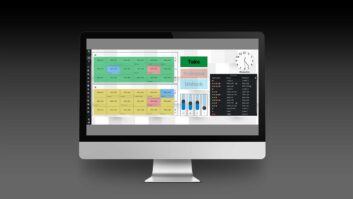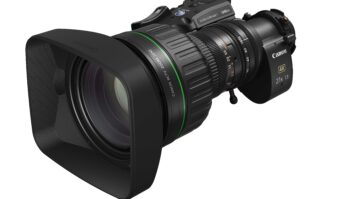Disaster Recovery (DR) is a broad term that encompasses a range of scenarios, from catastrophic disaster (for instance, the complete destruction of a whole facility), to operational disaster such as a transmission server failing. The ideal strategy for rescuing a situation in the event of a disaster is the seamless continuity of business under all circumstances with no assets being lost.
Being off-air for longer than a few seconds, or a minute at most, is a disaster in itself and with content now being delivered globally, broadcasters have even greater responsibility to ensure that channels stay on air. There are also strong financial drivers with rigorous service level agreements (SLA) for channel partners with regards to airtime and compensation for lost or clipped ads.
So how do broadcasters ensure that their DR strategies are secure enough to continue broadcasting in any situation? The DR utopia includes multi-layered safeguards against the unexpected, using automated content replication systems to provide synchronised, mirrored or like-for-like asset duplication, across the same site or at geographically disparate locations.
At the most basic level, this can be accomplished by duplicating tapes in the main archive and then moving those tapes to remote DR storage. LTFS works well in this environment as any LTFS-capable system can read a tape created by any other, and can identify and retrieve the files stored on it. This means there is no requirement for a second archive system to simply read those files.
At the other end of the scale, a fully automated DR-configured archive can be connected to a remote facility with either a robotic tape or disk storage. In this configuration media assets can be automatically copied across the network and synchronised with the remote site.
Automated site redundancy is important and can be achieved by using rules-based implementations, providing fully automated data duplication across multiple storage layers and locations. Multi-site operations can be mirrored and data synchronised across the globe. If one site becomes inoperative, it can be rebuilt entirely from data that has been replicated at other sites.
More sophisticated archive management systems are able to offer completely customisable rules-based data duplication, through which content can be automatically copied as it is archived across disk and tape layers and, where required, different locations.
SGL has many archives installed around the world where DR workflows are either in use or can be made DR-capable quickly and easily. Its scalable FlashNet architecture provides broadcasters and content owners with a clustered system of multiple servers, or nodes, each in constant communication. Each cluster node has identical software installed, and each is connected via fibre channel into the archive devices – generally disk storage and one or more tape libraries.
At the heart of the cluster is a Microsoft SQL database, which is usually installed across two servers running a Microsoft cluster for automatic failover. Quite simply assets equal value, which equals revenue. Can you afford to lose them?







